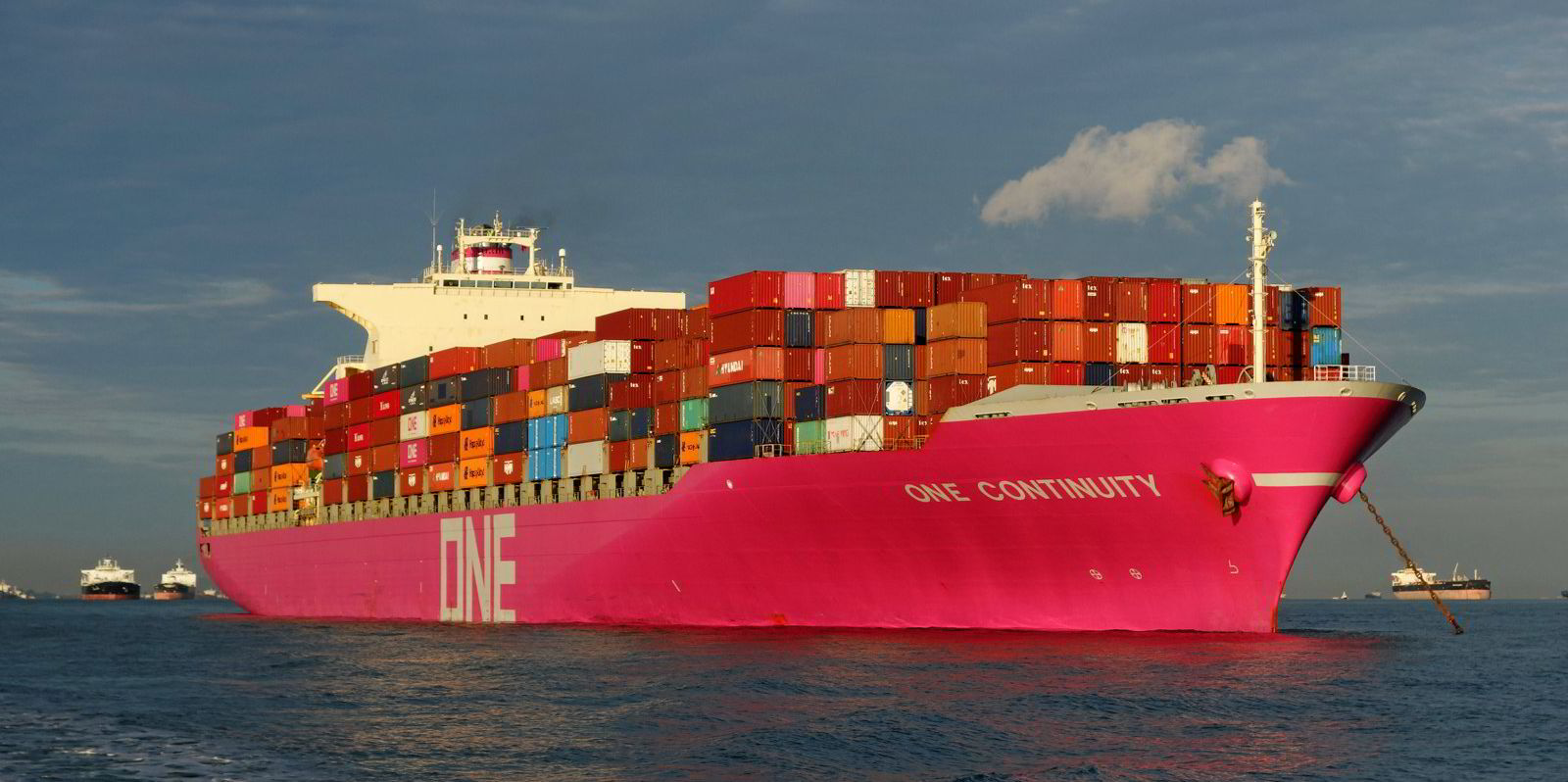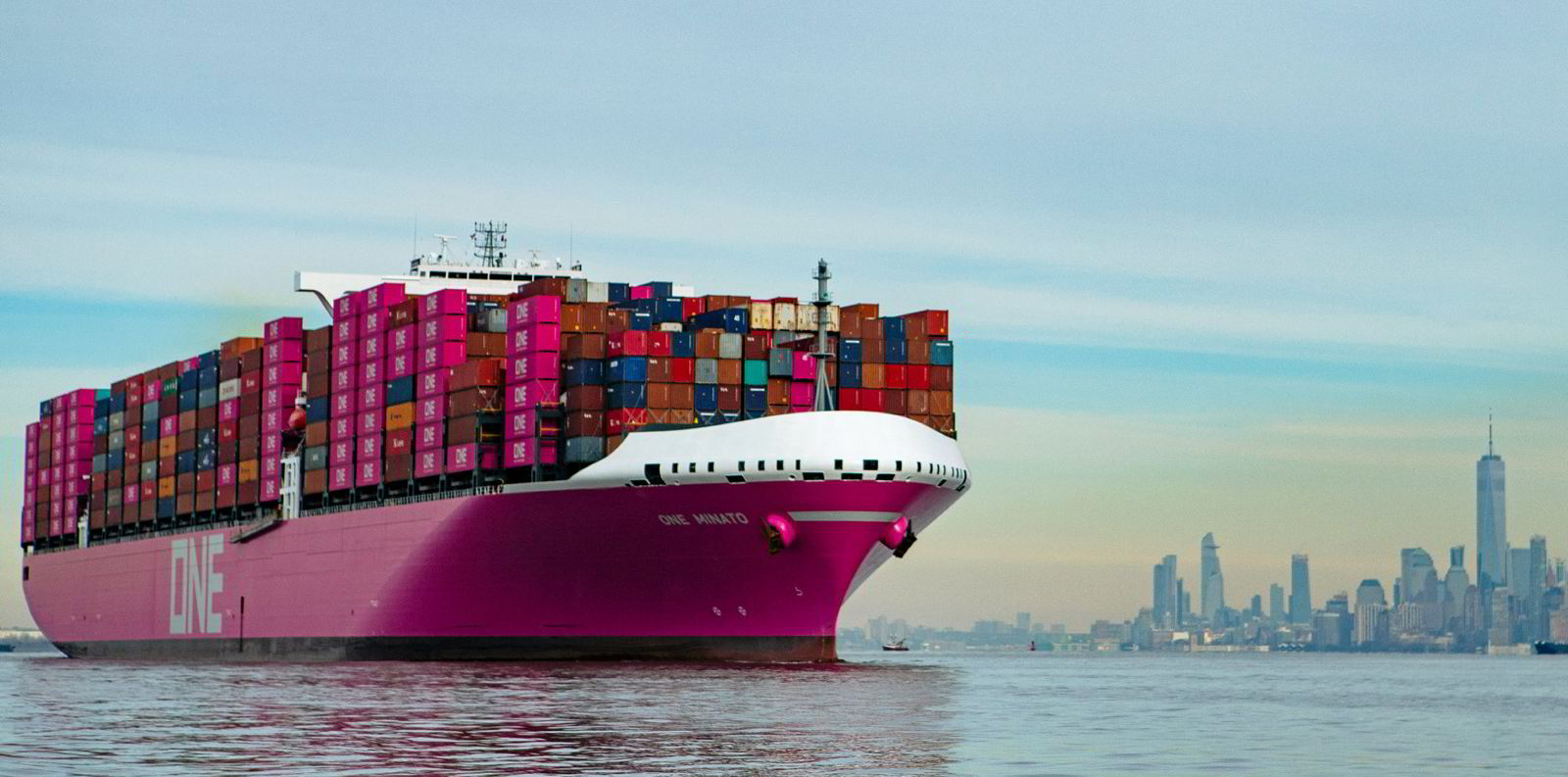Mitsui OSK Lines (MOL) has reported a near-tenfold increase in first-half net profit as it continues to reap the rewards of the red-hot containership and bulker markets.
The Japanese company, one of the world's largest shipowners, booked net profit of ¥274.8bn ($2.4bn) against ¥30.2bn in the corresponding period last year.
Revenue for the first half came in a shade under ¥600bn against the ¥484.7bn achieved 12 months earlier.
The huge improvement came despite a 74% jump in bunker prices, which averaged $514 per tonne in the first half, up from $296 per tonne a year ago.
In MOL's containership operations, its ordinary profit jumped tenfold to ¥239.8bn from ¥23.7bn for the first half of the previous financial year.
MOL has a 31% stake in Singapore-based Ocean Network Express, with K Line controlling 31% and NYK Line 38%.
The shipowner's dry bulk division posted an ordinary profit of ¥14.3bn for the six months, compared to breaking even in the same period last year.
MOL said that in addition to a rise in freight rates for containerships, favourable conditions for the overall dry bulk market and a recovery in transport volumes by its car carrier division contributed to improved earnings.
In contrast, its tanker arm's ordinary profit was cut by 46% year on year to ¥10.9bn, due to a combination of coordinated oil production cuts and a decrease in oil demand.
MOL expects a full-year net profit of ¥480bn, ¥145bn up from its previous forecast of ¥335bn — a $1.27bn rise to $4.2bn. The liner segment is forecast to contribute ¥410bn of that target.
"The containership business forecast was reviewed in response to the larger cargo movement and higher freight rates than in the previous outlook," MOL said.
"An upswing based on the favourable dry bulk market has also been incorporated. On the other hand, a downward revision for tanker business was factored in, reflecting the sluggish market."
MOL declared a year-end dividend of ¥500. Together with an interim dividend of ¥300, that equates to a total dividend of ¥800 per share.
The company recently revealed that diversifying away from shipping would be a key strategy in stabilising its financial performance.
It has identified ports, terminals, real estate and the offshore and energy business as areas in which it wants to continue to expand, according to its annual report.





